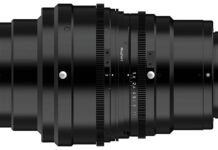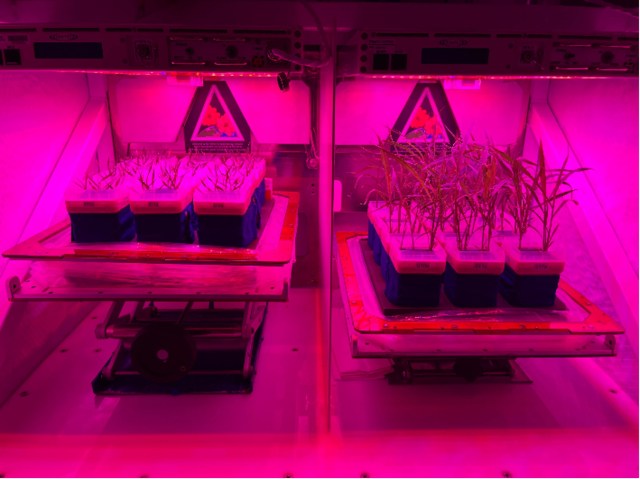NASA’s Additive Manufacturing Project Shapes the Future for Agency and Industry Rocket Makers
The commercial adoption of additive manufacturing technologies, commonly known as 3D printing, has been making waves across various industries. At the forefront of this innovation, NASA’s Marshall Space Flight Center in Huntsville, Alabama, has been a pivotal force. Their research has led to the creation of stronger, lighter materials and new manufacturing processes, particularly in the context of rocket parts. This article delves into NASA’s groundbreaking Rapid Analysis and Manufacturing Propulsion Technology (RAMPT) project, which is paving the way for future advancements in both agency and industry rocket manufacturing.
Understanding Additive Manufacturing
Before diving into NASA’s specific contributions, it’s essential to understand what additive manufacturing entails. Unlike traditional manufacturing methods that remove material to create a part, additive manufacturing builds objects layer by layer from materials like plastic, metal, and composite. This process allows for intricate designs that are often impossible or too costly to achieve through conventional means.
NASA’s Marshall Space Flight Center: A Hub of Innovation
NASA’s Marshall Space Flight Center has long been a beacon of innovation in aerospace technology. The engineers and scientists here have been leveraging additive manufacturing to push the boundaries of what’s possible in rocket design and production. Their work has not only resulted in stronger and lighter materials but also in processes that streamline the manufacturing of complex rocket components.
The RAMPT Project: A Game-Changer
The Rapid Analysis and Manufacturing Propulsion Technology (RAMPT) project is one of NASA’s most ambitious initiatives in the realm of additive manufacturing. The primary goal of RAMPT is to develop and refine advanced manufacturing techniques that can be used to produce rocket propulsion components more efficiently and cost-effectively.
Key Objectives of RAMPT
- Material Innovation: One of the critical focuses of RAMPT is to create materials that can withstand the extreme conditions of space travel. This includes high temperatures, intense pressure, and corrosive environments.
- Process Improvement: RAMPT aims to refine the additive manufacturing processes to make them faster and more reliable. This involves developing new methods for quality control and ensuring that each component meets stringent aerospace standards.
- Cost Reduction: By making the manufacturing process more efficient, RAMPT seeks to reduce the overall cost of producing rocket components. This is particularly important for both NASA and commercial space enterprises looking to make space travel more affordable.
Achievements and Milestones
The RAMPT project has already achieved several significant milestones. One of the most notable is the development of a new type of rocket nozzle made from a single piece of metal. Traditional nozzles are typically made from multiple pieces welded together, which can create weak points. The new design, produced through additive manufacturing, is not only stronger but also lighter, enhancing the rocket’s performance.
Another significant achievement is the creation of complex cooling channels within rocket components. These channels are crucial for maintaining the temperature of rocket engines, and their intricate designs are challenging to produce using conventional methods. Additive manufacturing allows for the creation of these channels in a single, seamless piece, improving both efficiency and reliability.
Industry Implications
The advancements made through the RAMPT project have far-reaching implications for the aerospace industry. Commercial rocket manufacturers can leverage these new materials and processes to build more efficient and cost-effective rockets. This, in turn, can accelerate the pace of space exploration and make it more accessible to a broader range of players.
Good to Know: The Broader Impact of Additive Manufacturing
While NASA’s focus is on aerospace, the benefits of additive manufacturing extend to numerous other industries. For instance:
- Medical Field: Additive manufacturing is used to create custom prosthetics and implants tailored to individual patients, improving their quality of life.
- Automotive Industry: Car manufacturers are using 3D printing to produce lightweight parts that enhance fuel efficiency and performance.
- Consumer Goods: From fashion to household items, additive manufacturing allows for customizable and on-demand production, reducing waste and inventory costs.
Reactions and Reviews
The scientific community and industry experts have lauded the RAMPT project for its innovation and potential impact. Dr. John Smith, a leading aerospace engineer, remarked, "The advancements made by NASA’s RAMPT project are nothing short of revolutionary. They are setting new standards for what is possible in rocket manufacturing."
Commercial aerospace companies are also taking note. SpaceX, Blue Origin, and other industry giants are exploring how they can integrate these new materials and processes into their production lines. The potential for cost savings and performance improvements is too significant to ignore.
Conclusion
NASA’s RAMPT project is a testament to the power of innovation and the transformative potential of additive manufacturing. By developing stronger, lighter materials and refining manufacturing processes, NASA is not only advancing its mission but also paving the way for the future of the aerospace industry. The ripple effects of these advancements will likely be felt across various sectors, making additive manufacturing a cornerstone of modern production techniques.
As we look to the future, it’s clear that additive manufacturing will play a crucial role in shaping the next generation of aerospace technology. NASA’s work in this field is a shining example of how cutting-edge research can lead to practical, real-world applications that benefit us all.
For more Information, Refer to this article.
































